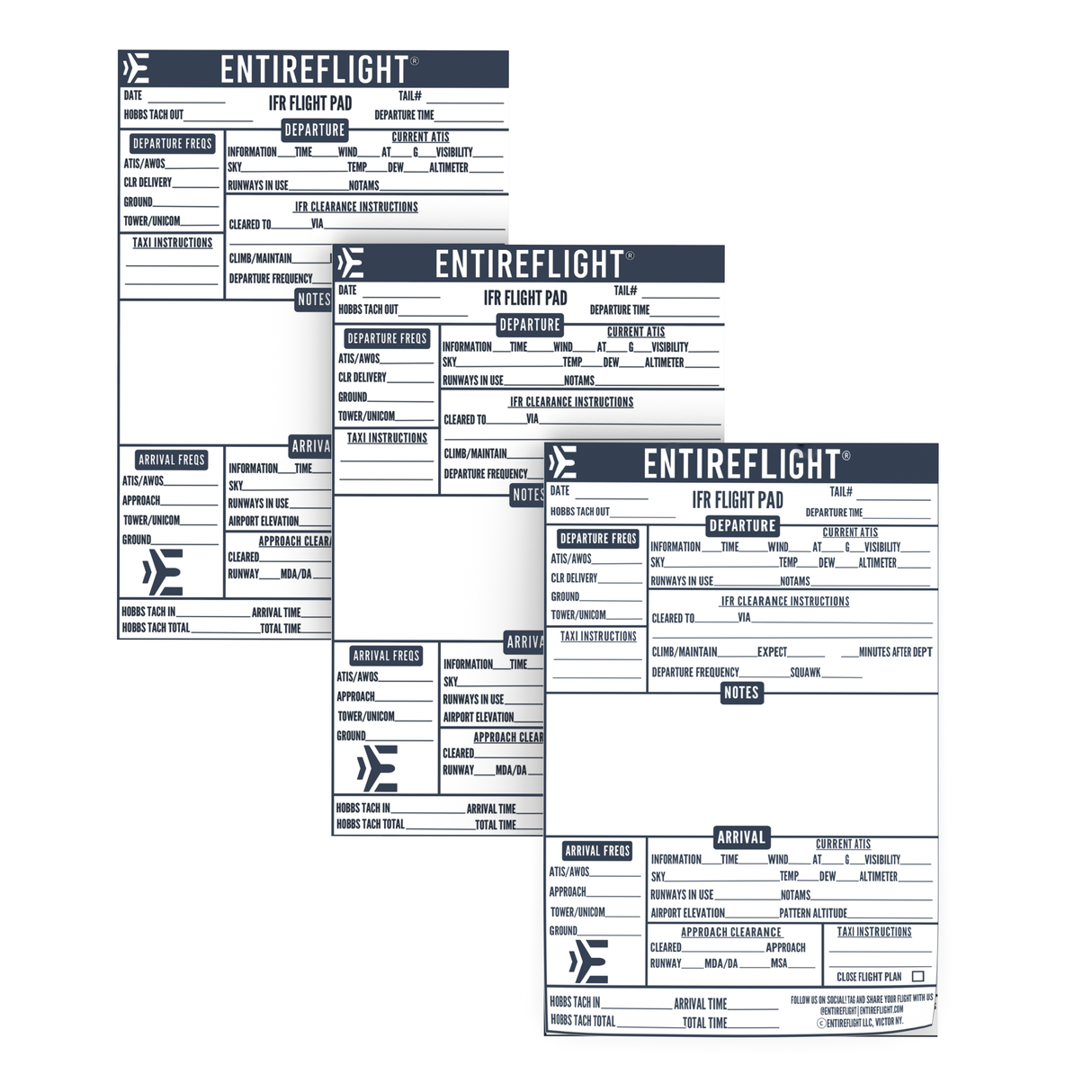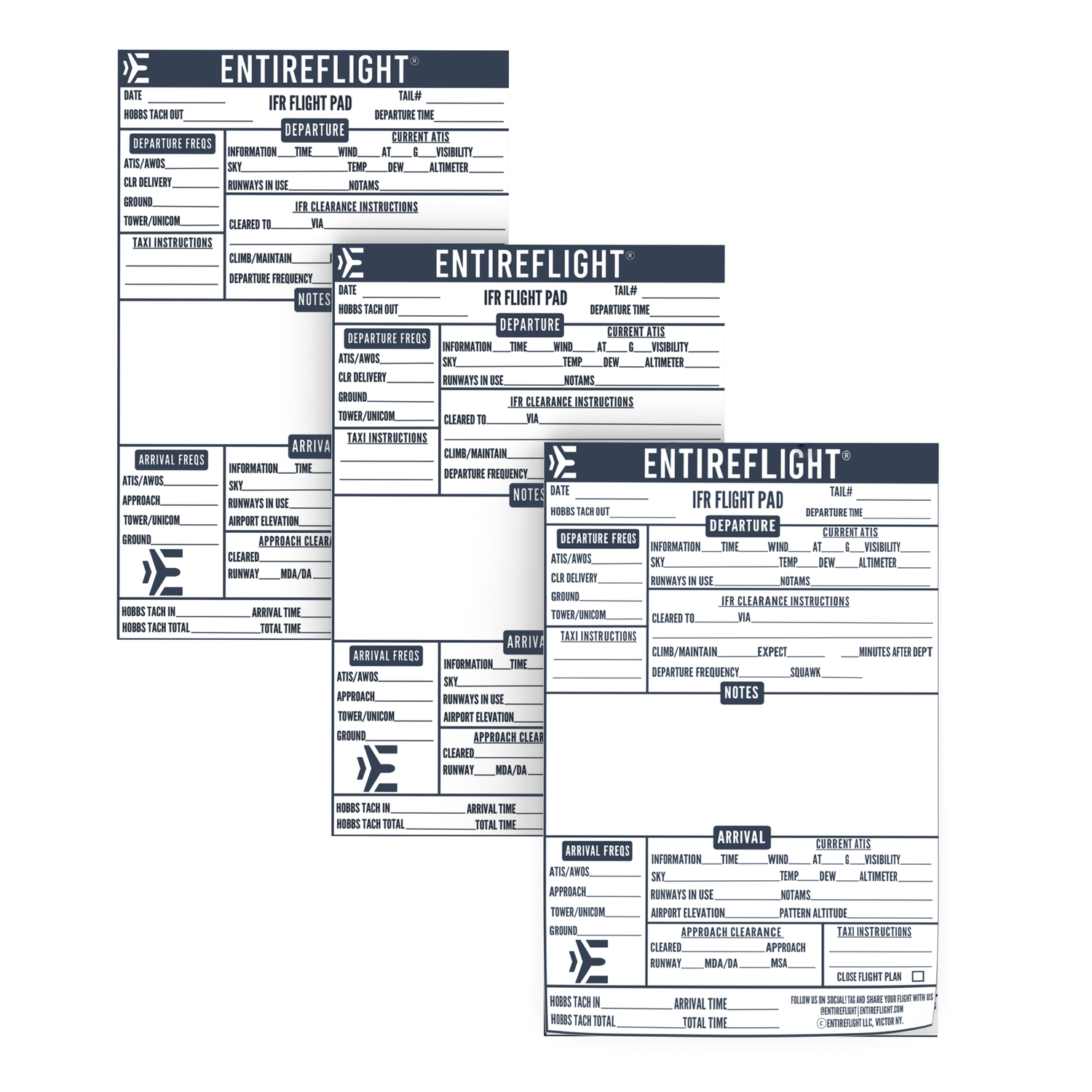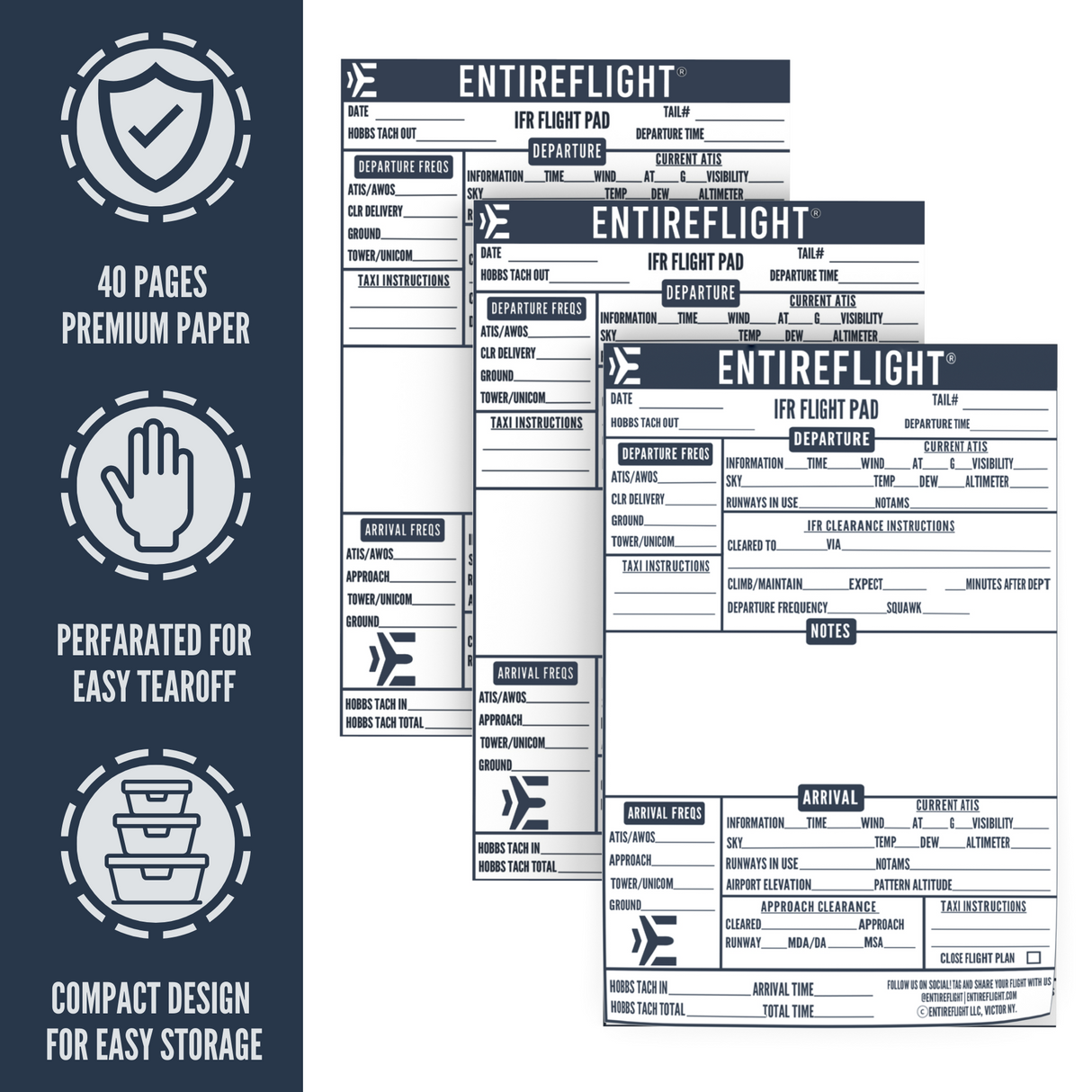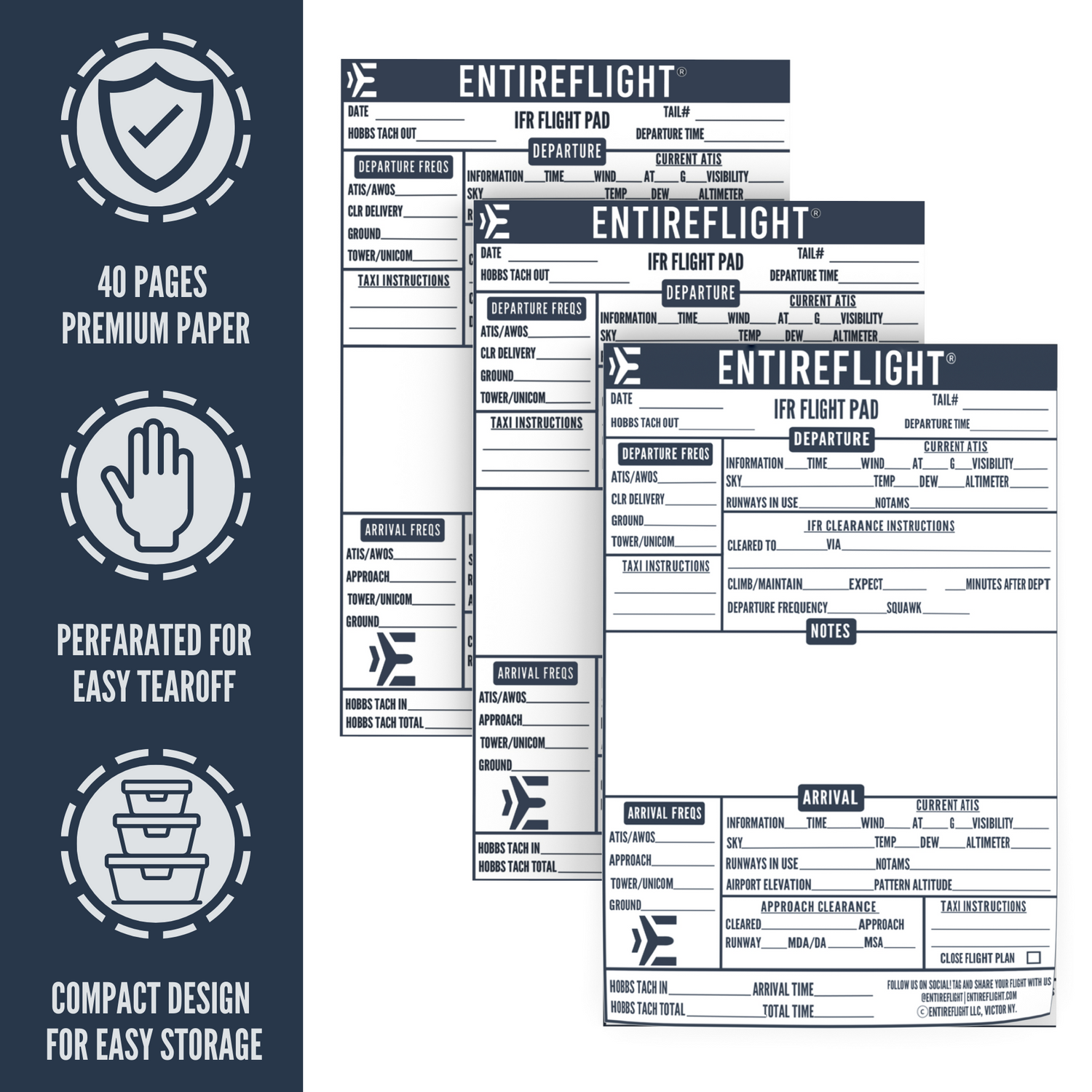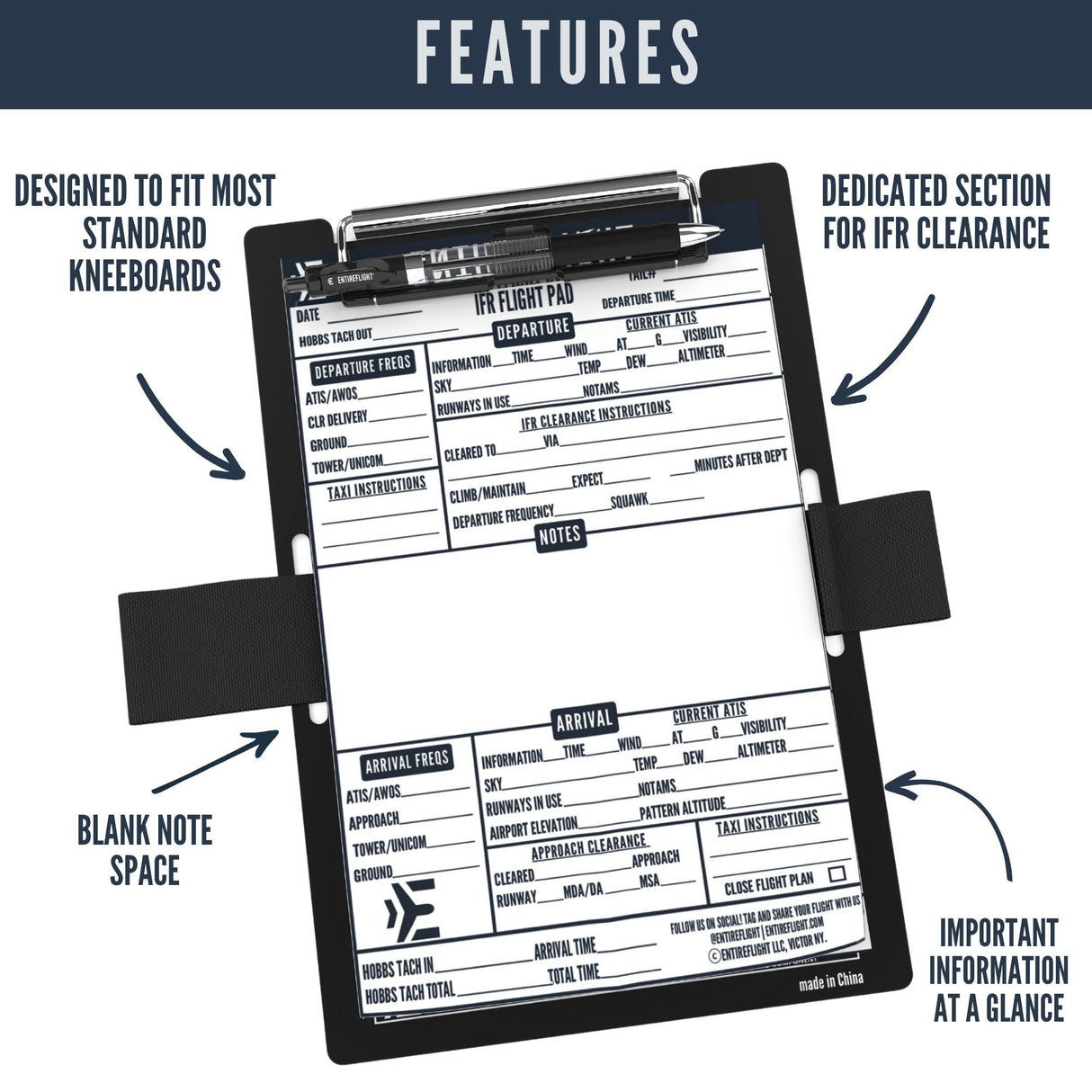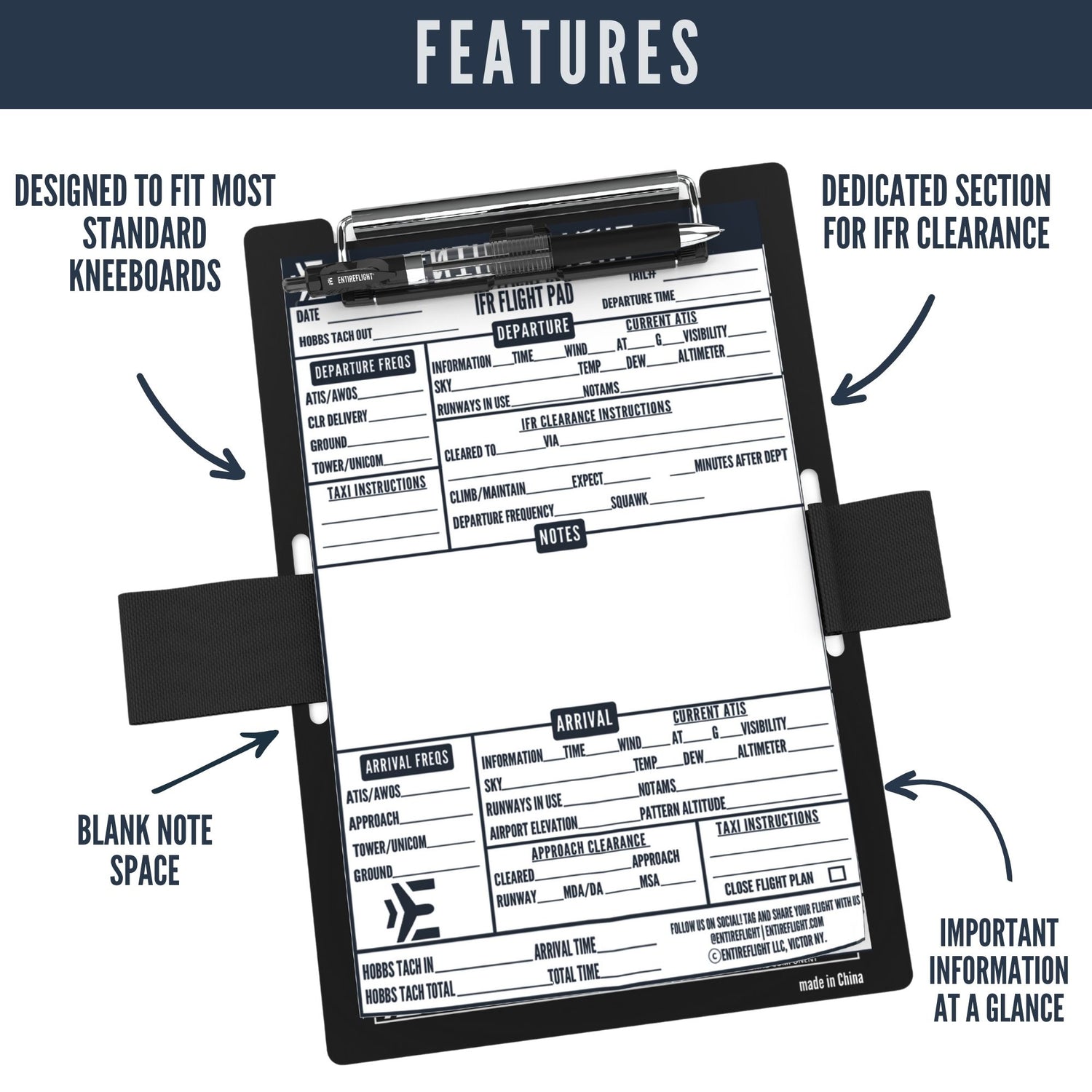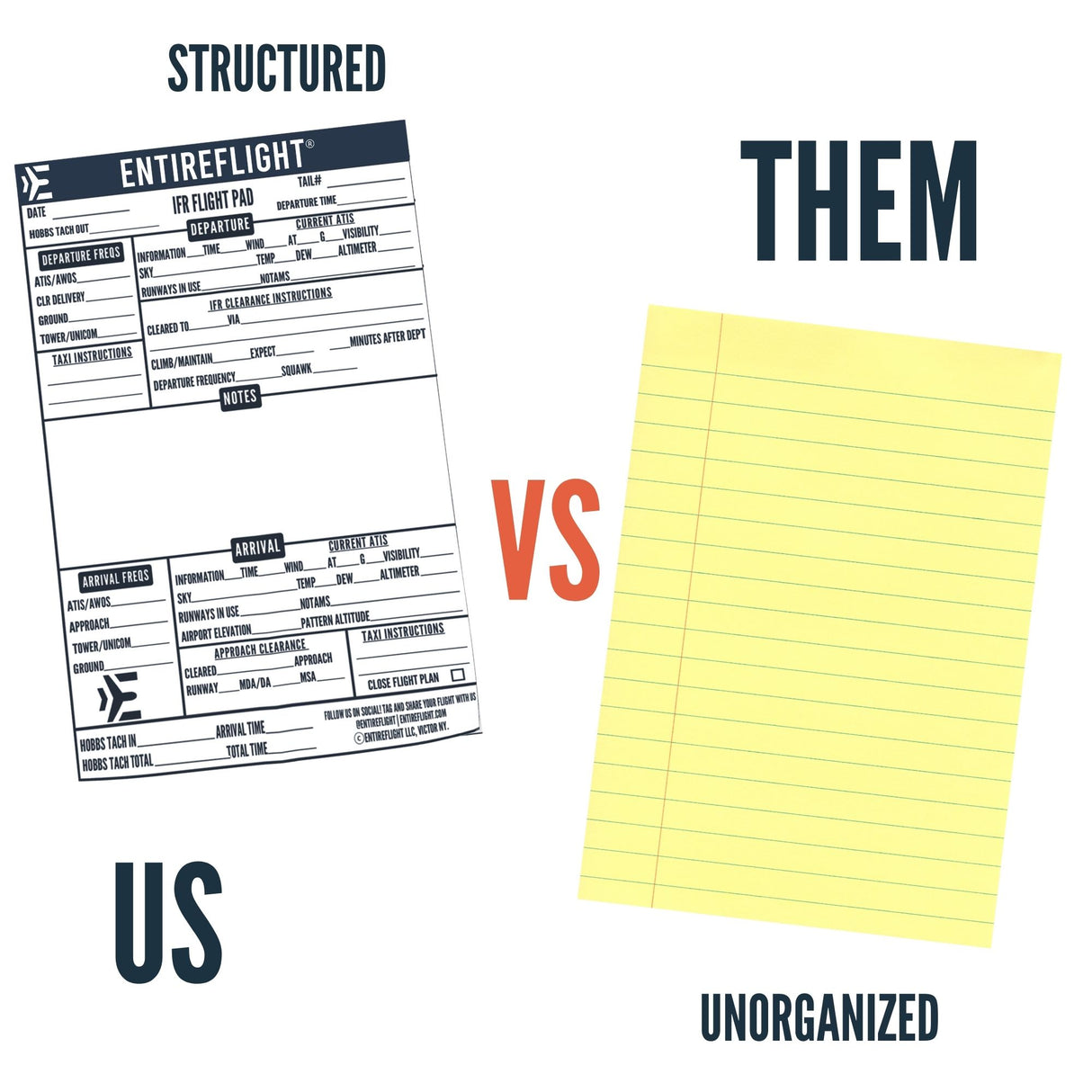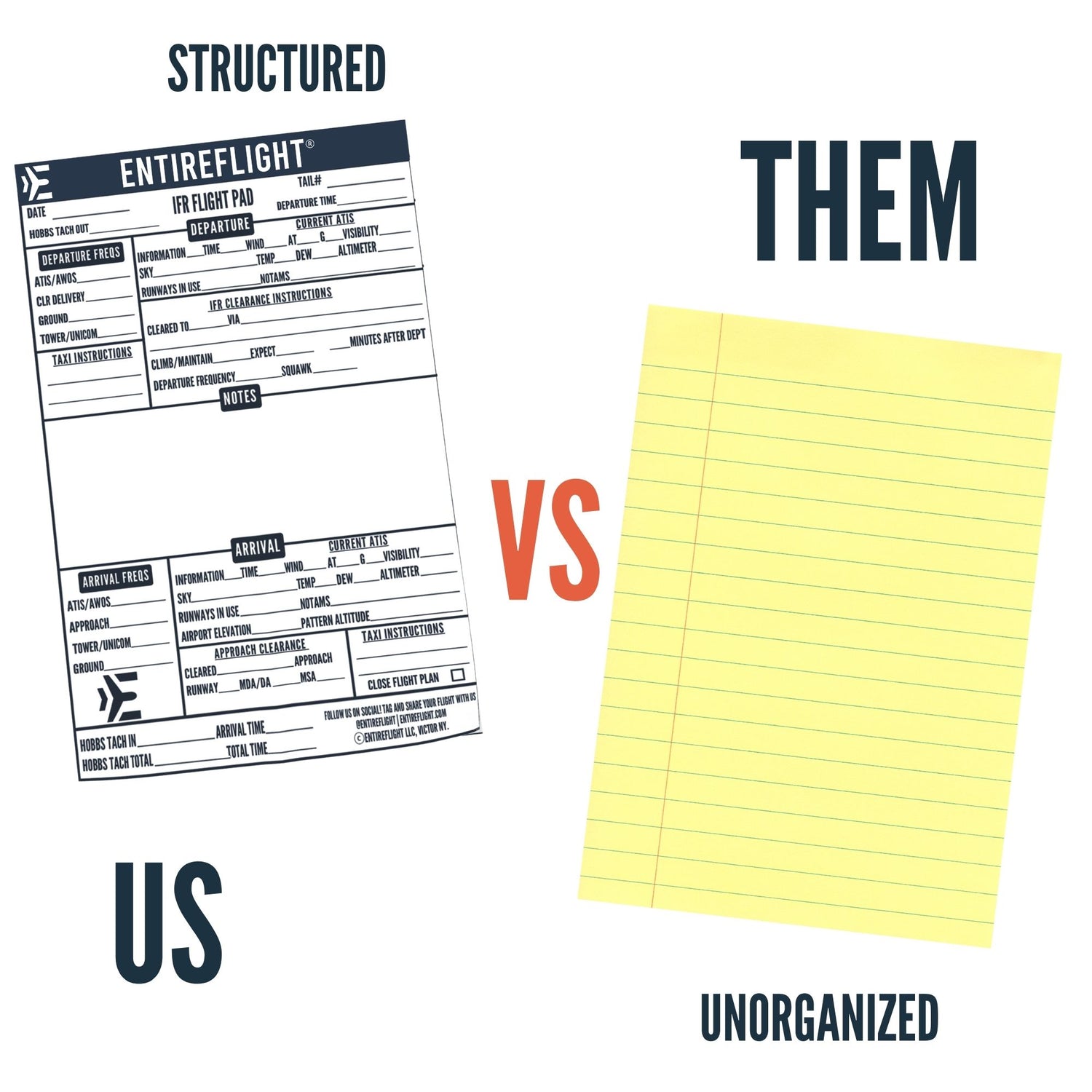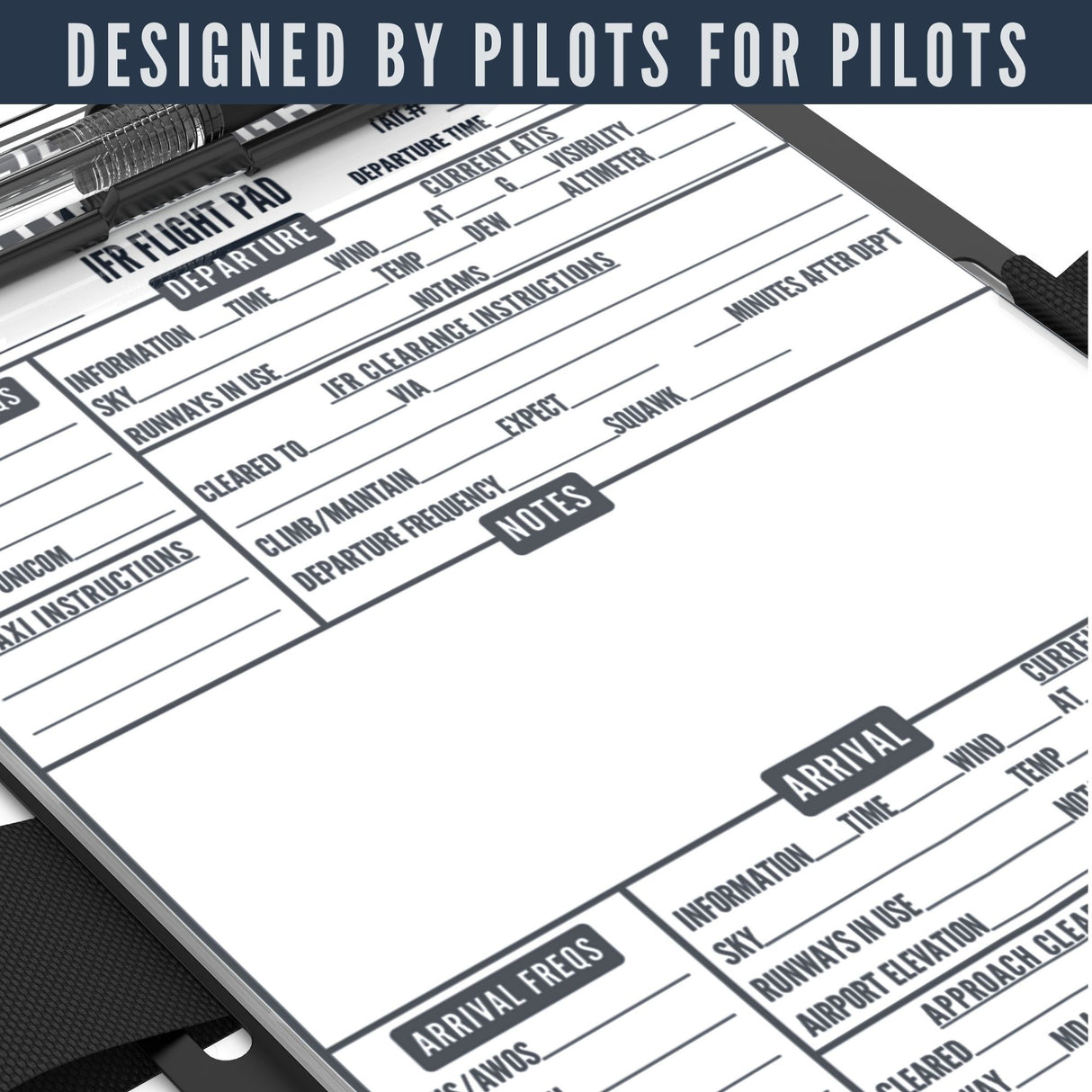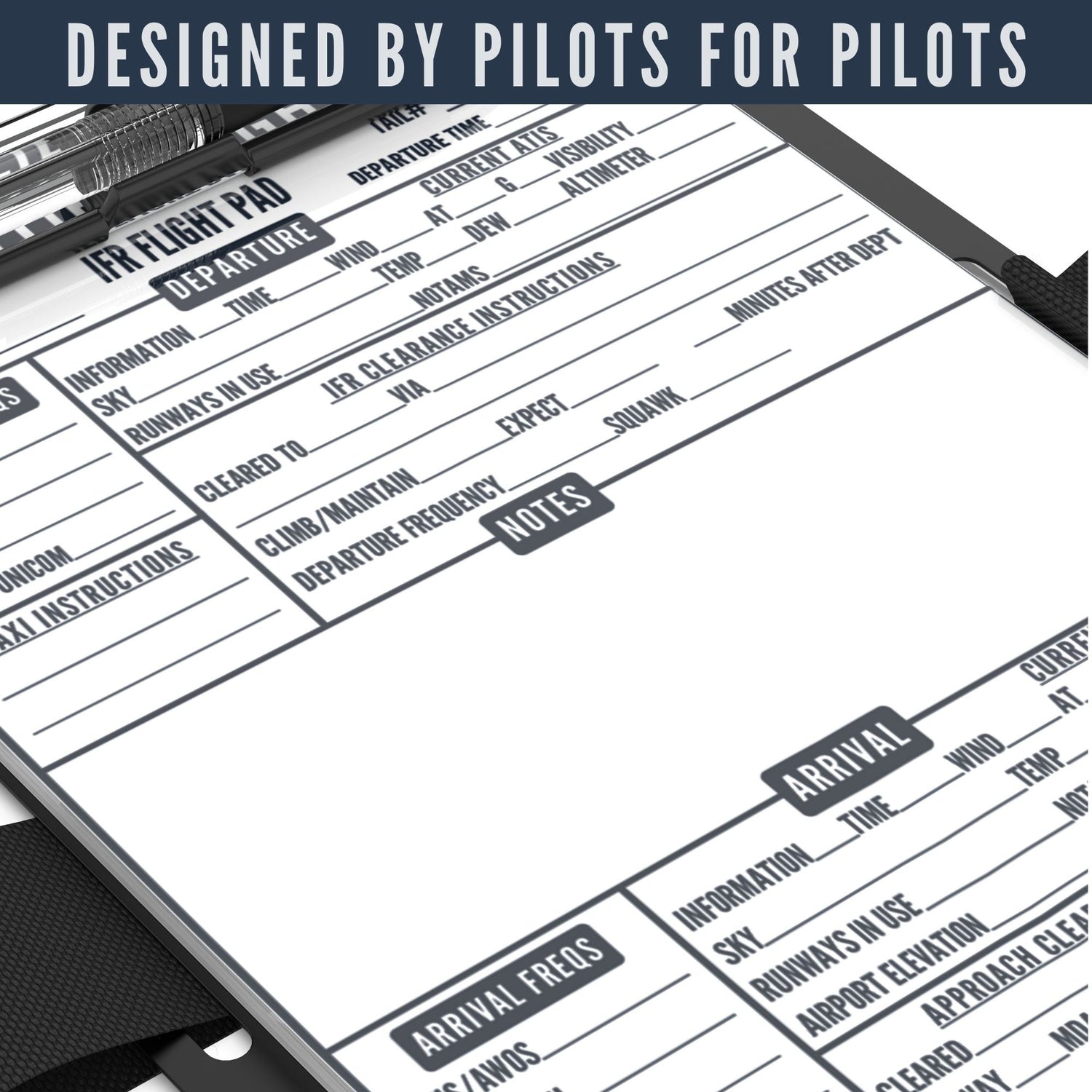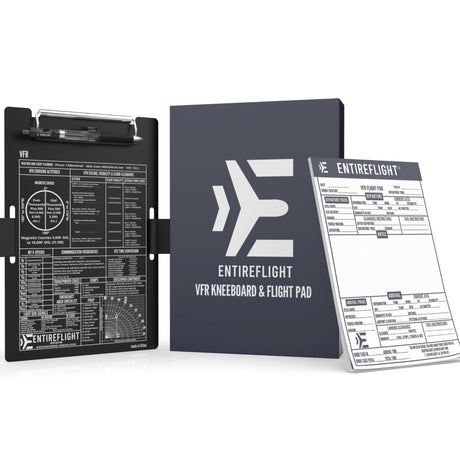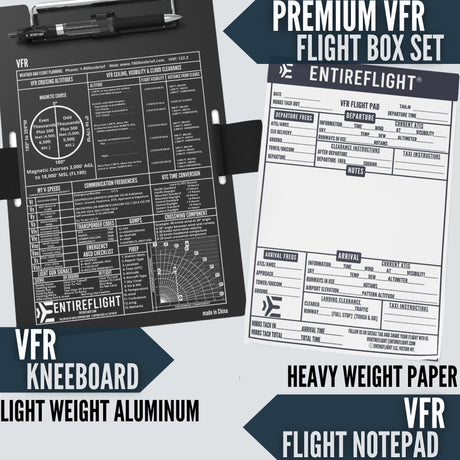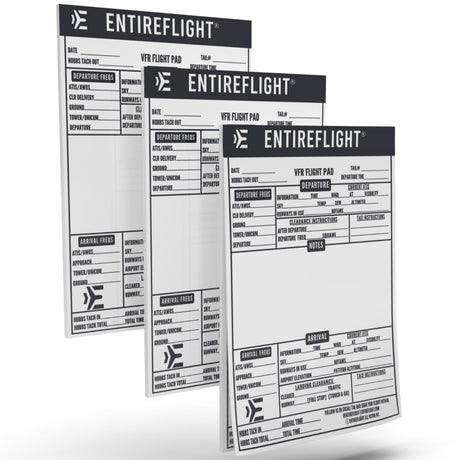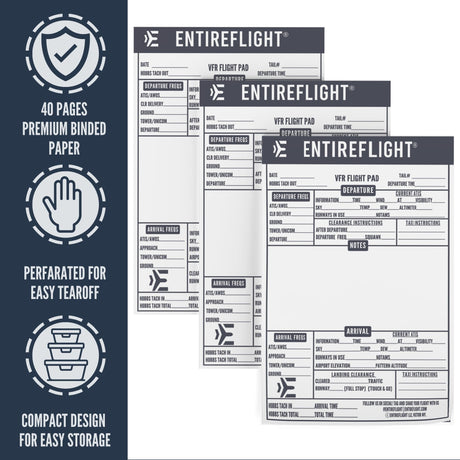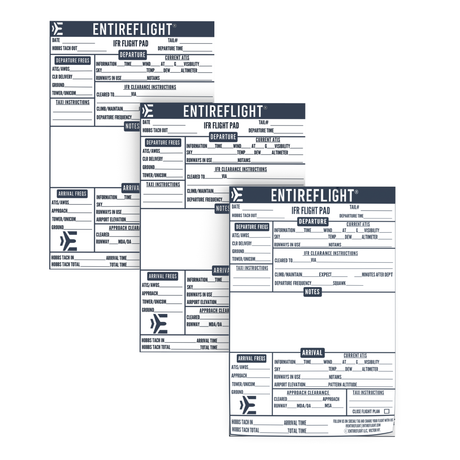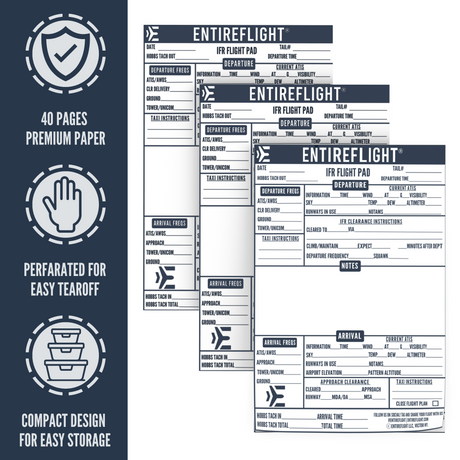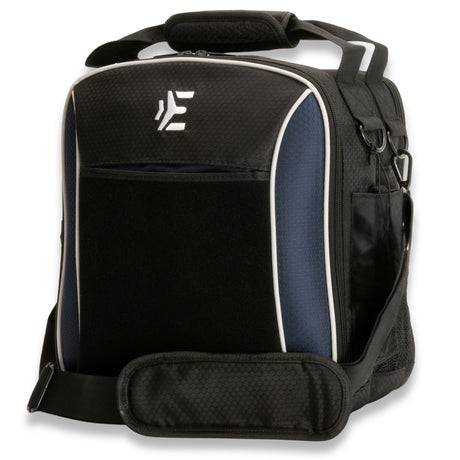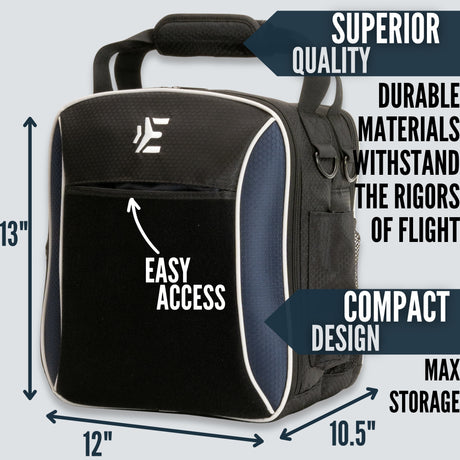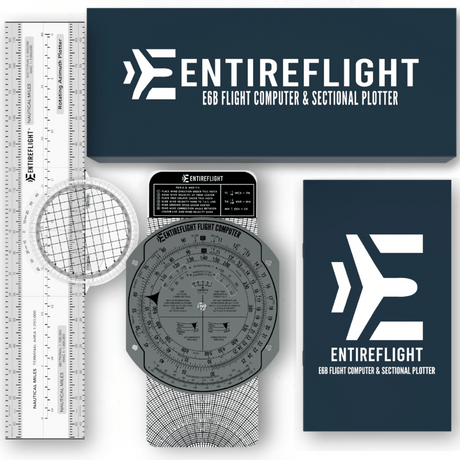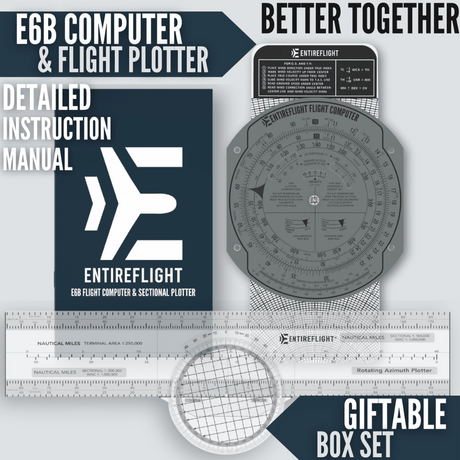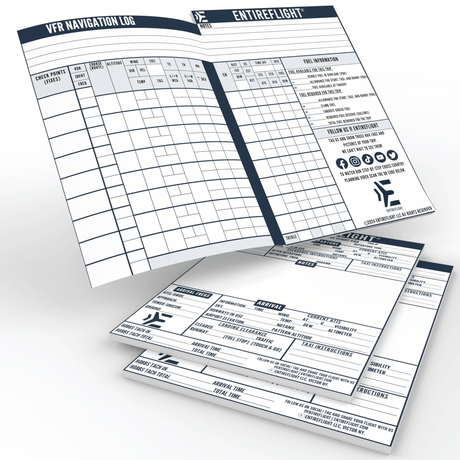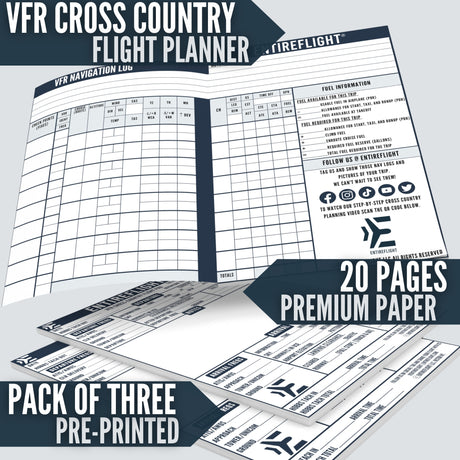If you are pursuing a career as a pilot, you know that flight training requires a lot of dedication and hard work. To help you succeed, it's important to have the right gear. In this article, we'll introduce you to the top 10 accessories for flight training.
Get ready to prepare your checklist as you start training for your dream career!
Understanding Flight Training Accessories
Flight training accessories are essential tools that can help you learn and master the skills needed to become a successful pilot. These accessories range from basic equipment like headsets and flight bags to advanced tools like flight simulators and GPS devices. In this section, we will discuss the importance of flight training accessories and their usage.
Importance
Flight training accessories play a crucial role in the learning process for pilots. They provide a hands-on experience and help pilots develop the skills needed to fly an aircraft. With the right accessories, pilots can learn how to navigate, communicate, and operate an aircraft safely and efficiently. Flight training accessories also help pilots to prepare for different scenarios that they may encounter during a flight, such as weather changes, mechanical issues, and emergency situations.
Usage
The usage of flight training accessories depends on the type of accessory and the stage of training. For example, headsets are used to communicate with air traffic control and other pilots during flight, while flight bags are used to store and organize important documents and equipment. Flight simulators are used to simulate real-life flight scenarios and provide a safe environment for pilots to practice their skills. GPS devices are used to navigate and track the aircraft's position during flight.
Here are some other common flight training accessories and their usage:
- Kneeboards: Used to hold important documents and checklists during flight
- Logbooks: Used to track flight hours and document training progress
- Cockpit posters: Used to provide visual aids for learning aircraft systems and procedures
- Checklists: Used to ensure that all required procedures are followed during flight
- Flight computers: Used to perform calculations related to navigation, fuel consumption, and aircraft performance
Top 10 Accessories for Flight Training
When it comes to flight training, having the right accessories can make all the difference. Here are the top 10 accessories you should consider for your flight training needs:
1 - Headsets
A good headset is essential for clear communication with air traffic control and your instructor. Look for a headset that is comfortable, durable, and has noise-canceling features to help reduce distractions.
2 - Flight Bags
A flight bag is a convenient way to keep all your flight training materials organized and easily accessible. Look for a bag that is sturdy, has plenty of pockets for storage, and is easy to carry.
3 - Kneeboards
A kneeboard is a handy accessory for keeping your flight charts, notes, and checklists organized and within reach. Look for a kneeboard that is comfortable, durable, and has a secure strap to keep it in place.
4 - Aviation Watches
An aviation watch is a useful tool for keeping track of time and calculating flight times, fuel consumption, and other important metrics. Look for a watch that is easy to read, has multiple time zones, and is durable enough to withstand the rigors of flight training.
5 - Flight Simulators
A flight simulator is a valuable tool for practicing flight maneuvers and procedures without leaving the ground. Look for a simulator that is realistic, easy to use, and has a variety of scenarios and aircraft to choose from.
6 - Pilot Logbooks
A pilot logbook is a record of your flight training and is required for obtaining your pilot's license. Look for a logbook that is easy to use, has plenty of space for recording flight hours, and is organized in a way that makes it easy to track your progress.
7 - GPS
A GPS is a helpful tool for navigating during flight training. Look for a GPS that is easy to use, has accurate mapping and navigation features, and is compatible with your aircraft.
8 - Maps and Charts
Maps and charts are essential for flight planning and navigation. Look for maps and charts that are up-to-date, easy to read, and include all the information you need for your flight.
9 - Aircraft Checklists
Aircraft checklists are a vital part of flight training and are used to ensure that all necessary procedures are followed before, during, and after flight. Look for a checklist that is comprehensive, easy to use, and specific to your aircraft.
10 - Flight Training Manuals
Flight training manuals provide detailed information about flight procedures, regulations, and safety. Look for a manual that is easy to read, comprehensive, and up-to-date with the latest regulations and procedures.
Choosing the Right Accessories
Flight training requires the right accessories to make the most of your experience. With so many options available, it can be challenging to choose the right ones. Here are some factors you should consider when selecting accessories for flight training:
Quality
The quality of the accessories you choose will determine how well they perform and how long they last. Look for accessories made from high-quality materials that can withstand wear and tear. Accessories made from durable materials will last longer and save you money in the long run.
Price
Price is also an important factor to consider when choosing accessories for flight training. You don't want to overspend, but you also don't want to sacrifice quality for a lower price. Look for accessories that offer a balance between quality and price. You can also consider purchasing used accessories to save money.
Brand
The brand of the accessories you choose can also impact their quality and performance. Look for brands that have a good reputation for producing high-quality flight training accessories. You can also read reviews from other pilots to see what they recommend.
Durability
Durability is another essential factor to consider when choosing accessories for flight training. Look for accessories that are designed to withstand the rigors of flight training. Accessories made from durable materials will last longer and perform better, making them a better investment in the long run.
Maintaining Your Accessories
As a flight trainee, it's essential to keep your accessories in good condition to ensure their longevity and functionality. Here are some tips to help you maintain your accessories.
Routine Checks
Regularly inspect your accessories to ensure they are in good working condition. Check for any signs of wear and tear, such as frayed cables or loose connections. If you notice any issues, address them immediately to prevent further damage or malfunction.
Cleaning
Proper cleaning is crucial to keep your accessories in good condition. Use a soft, dry cloth to wipe down your accessories regularly. If your accessories are heavily soiled, you can use a mild soap solution to clean them. Avoid using harsh chemicals that can damage your accessories.
Storage
Proper storage is essential to prevent damage to your accessories. Store your accessories in a cool, dry place away from direct sunlight and moisture. Use protective cases or covers to prevent scratches or other damage during transport.
By following these simple tips, you can ensure that your accessories remain in good condition and function properly for years to come.
Conclusion
In conclusion, flight training requires a lot of dedication and hard work, but having the right accessories can make the process much smoother. By investing in high-quality gear, you can ensure that you are prepared for any situation that may arise during your training.
Throughout this article, we have highlighted the top 10 accessories for flight training. From headsets to kneeboards, these items are essential for any aspiring pilot. By using them, you can improve your communication, organization, and safety while in the cockpit.
Remember to always prioritize safety when flying. Make sure that you have all of the necessary equipment and that it is in good working condition before taking off. By following these guidelines and using the right accessories, you can set yourself up for success in your flight training journey.
So, what are you waiting for? Start shopping for these essential flight training accessories today and take your aviation skills to the next level!
Frequently Asked Questions
1 - What are some essential accessories for flight training?
There are a few essential accessories that every pilot-in-training should have. These include a good flight bag, a reliable kneeboard, an aviation headset, and a logbook to keep track of your flight hours. You may also want to consider purchasing a portable GPS device and a flight computer.
2 - What type of kneeboard is recommended for flight training?
A kneeboard is an essential accessory for any pilot-in-training. Look for a kneeboard that is comfortable to wear and has enough storage space for your flight documents, charts, and notes. A kneeboard with a clipboard and a pen holder is also a great option.
3 - What are some good aviation headsets for flight training?
A good aviation headset is essential for clear communication with air traffic control and for hearing important engine and system sounds. Look for a headset with noise-canceling technology and comfortable ear cups. Some popular options include the Bose A20, Lightspeed Zulu, and David Clark H10-13.4.
4 - What are the best flight bags for pilots?
A good flight bag should be durable, have enough storage space for all of your flight documents and accessories, and be comfortable to carry. Some popular options include the Flight Outfitters Bush Pilot Bag, the MyGoFlight Flight Bag PLC Pro, and the ASA AirClassics Flight Bag.
5 - What should a student pilot wear during flight training?
Comfortable and practical clothing is key for flight training. Wear layers that can be easily removed or added as needed, and avoid loose clothing that may get caught on equipment. Closed-toe shoes are also a must for safety reasons.
6 - What are some useful tools for flight training?
In addition to the essential accessories mentioned above, there are a few other tools that may come in handy during flight training. These include a flight planning tool, such as ForeFlight or Garmin Pilot, a portable weather station, and a flashlight with a red filter for night flights.

